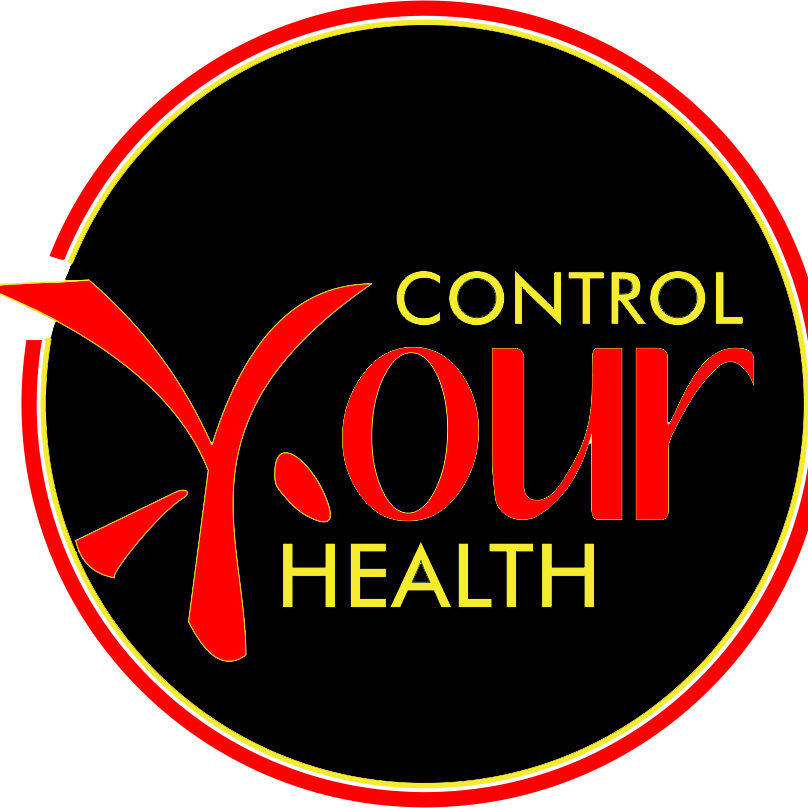What is a hip hinge and why is it an important movement to practice?
To answer this let’s go back in time (depending on your age, this could be way back!) to when we originally developed our movement.
As newborns, we come into the world infinitely mobile and have to earn stability starting in the core. The newborn naturally breathes diaphragmatically and then starts gaining head control.
We then build enough strength in the arms and legs to eventually roll over and make our way to standing.
Finally, after thousands of repetitions in each of these previous stages we start walking, running and jumping.
The newborn had to stabilize in order to express mobility with the end goal being to move, run, and jump.
Essentially, from birth you’re working on an explosive hip-hinge.
Having four sons (only one year apart), my poor mother watched these stages with delight in the beginning, and then in fear and anxiety after the first of many trips to the hospital for various “injuries.”
(True story, there was a year where we had an average of one ER visit a month. Back in the 80s we had to go outside and “play”.)
Some may think of the hinge as a deadlift, but that is only one component.
The deadlift starts from a dead stop with the goal of picking something “dead” (not moving) up from the ground. Hip-hinging done slowly and explosively is seen in sports and everyday life.
We all need to hip-hinge in the same way that we all need to squat. You’ve done it before; the body just needs to be reminded how to do it.
If I asked you to demonstrate your best vertical jump ever, how would you start?
Go down and channel your inner Michael Jordan, imagining him loading for that magical vertical jump and hold it there; just the start, not the full motion.
Get into the position you need to produce the most power. That is the hinge.
It is used for many explosive moves from vertical/broad jumping to throwing a football/baseball.
Being able to get into and out of this position quickly shows that you can produce power (jump) and reduce power (land).
Losing power = getting slower.
As we age, we get slower at a much faster rate than we get weaker. This translates to older adults slipping and falling because they haven’t moved quickly in years.
Power is one of the major performance variables responsible for independence, fall prevention, and rehabilitation following injury.
Some of my clients train for power to prevent a fall or to keep up with their children, while others train to throw a more effective punch.
In order to get into an optimal hip-hinge position, you need certain prerequisites.
One would be the Active Straight Leg Raise from the Functional Movement Screen (FMS). What if you don’t happen to know someone (clearing my throat loudly) who can perform the FMS?
Make sure that you can touch your toes.
Yes you need a certain amount of mobility, but the toe touch also has a lot to do with the ability to weight shift.
If you can touch your toes, then grab them and pull down into a squat. Now stand up. You’ve just shown me a mobile pelvis and a stable trunk and are ready for the hip-hinge.
Start with training wheels and use a stick on your back to ensure proper form.
The next step is to load the hip-hinge. I like the Kettlebell Deadlift.
Finally, we progress to a great power movement: the Kettlebell Swing (KB Swing).
It is a dynamic deadlift that uses hip-hinging, power acceleration and power deceleration. (Think lifting, jumping, landing)
From the KB Swing, you can progress to many different explosive movements.
How many? It’s all relative, and it all depends on your goals.
What an elite athlete considers power training might be considered impossible for the average client. And what the older client considers power training may be a warm up for the athlete.
Either way, train for power.
Know your capabilities and go and practice the hip hinge!
You’ll still be standing while others are falling.
-Oscar
Wah Lum Kung Fu and Tai Chi
Control Your Health
If you enjoyed the post, share it!
Need any help achieving your health and fitness goals? Send us a text message at 407-796-1781!
Control Your Health, Get FIT for LIFE.
Personal training programs in Orlando.
Want to get all of our blog posts delivered to your email with a taste of Wah Lum Kung Fu and Tai Chi? Sign up HERE!


